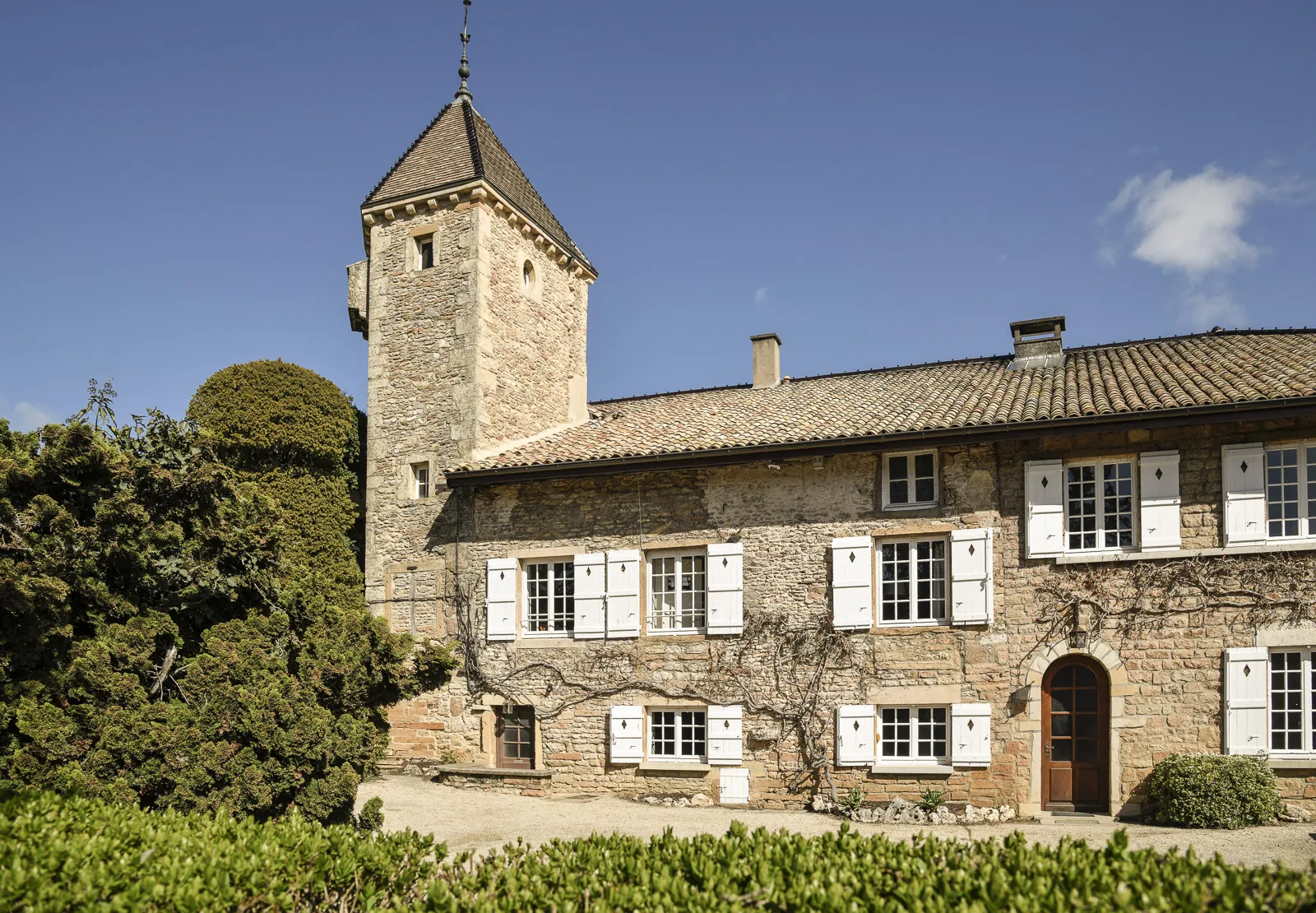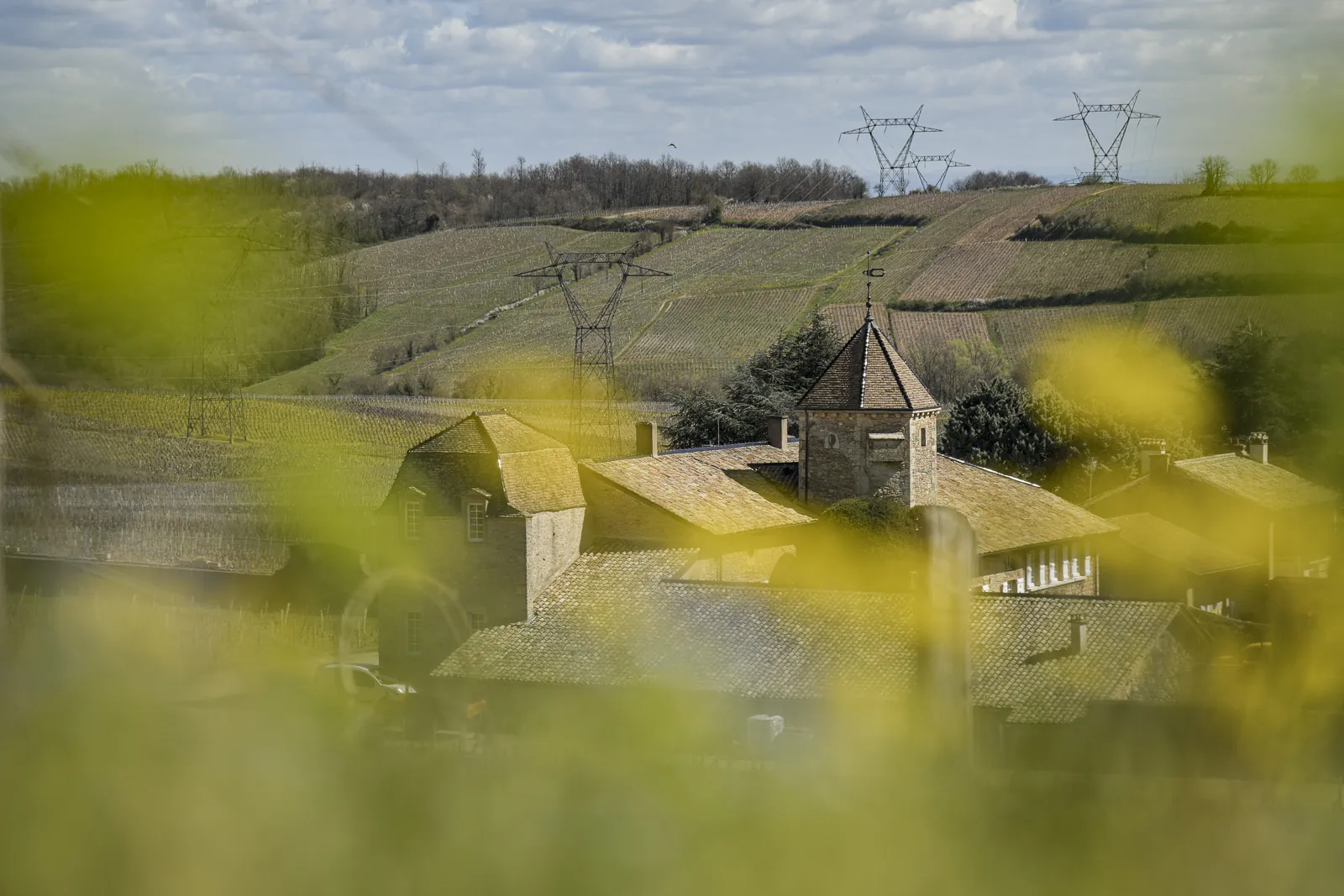Château-Fuissé
Château-Fuissé Pouilly-Fuissé “Les Combettes” 2023
- Château-Fuissé Juliénas 2021
- Château-Fuissé Juliénas 2020
- Château-Fuissé Juliénas 2019
- Château-Fuissé Pouilly-Fuissé 1er Cru “Le Clos” 2023
- Château-Fuissé Pouilly-Fuissé 1er Cru “Le Clos” 2022
- Château-Fuissé Pouilly-Fuissé 1er Cru “Le Clos” 2021
- Château-Fuissé Pouilly-Fuissé 1er Cru “Le Clos” 2020
- Château-Fuissé Pouilly-Fuissé 1er Cru “Les Brulés” 2023
- Château-Fuissé Pouilly-Fuissé 1er Cru “Les Brulés” 2022
- Château-Fuissé Pouilly-Fuissé “Les Combettes” 2020
- Château-Fuissé Pouilly-Fuissé “Tête de Cuvée” 2023
- Château-Fuissé Pouilly-Fuissé “Tête de Cuvée” 2022
- Château-Fuissé Pouilly-Fuissé “Tête de Cuvée” 2021
- Château-Fuissé Pouilly-Fuissé “Tête de Cuvée” 2020
- Château-Fuissé Pouilly-Fuissé “Tête de Cuvée” 2023
- Château-Fuissé Pouilly-Fuissé “Tête de Cuvée” 2022
- Château-Fuissé Pouilly-Fuissé “Tête de Cuvée” 2021
- Château-Fuissé Pouilly-Fuissé “Tête de Cuvée” 2020



About
“Les Combettes” Château-Fuissé (1.3 ha) is a small valley located at the southern end of the “Côte de Fuissé”. The soils are extremely stony and limestone, naturally well drained, thus producing fine, very mineral and particularly distinguished wines.

Terroir
The vineyard of Pouilly-Fuissé “Les Combettes” is a single vineyard of the Château-Fuissé and is situated in the south part of the commune of Fuissé. The exposure is North-East, and the drainage is optimal thanks to the stony soil (80% Bajocian limestone). This geology is also responsible for the light saltiness and mineral structure in the wines offering lots of delicacy and finesse. To underline this expression, the wine is vinified in barrels of 3 to 5 years where the oak influence in the wine is very limited. Only the environmental advantages of the barrel are exploited as the moderate breathing of the wine through the pores of the wood and the volume wine in contact with the lees is optimal.
Vinification
To respect the integrity of the grapes we prefer handpicked grapes and special care is given to the transport and conveying until the presses (whole bunch pressing). We use pneumatic presses with graduate progressive pressing (limiting rebechage), adapted to the quality and maturity of each harvest. The juice is pumped into stainless decantation tanks (débourbage). After 12 hours of static rest, we separate the clear juice from the top and eliminate the remaining depot of the tank (heavy bourbes). The clear juice goes from decantation directly into the barrels at the Château-Fuissé. We favor the wild yeast and a spontaneous start of the alcoholic fermentation. Our cellars are equipped with a control system for the temperature and the hygrometry. The choice of our barrels, their origin, and the choice of using only new barrels for this wine, remains personal and is based on our gustatory experience. Our choices vary and adapt to vineyard and vintage character. The use of barrels is associated to our typical Burgundian vinification ‘on the lees’. This practice brings the lees back in suspension (batonnage) and helps the decomposition or autolysis of the yeast cells. It brings “fatness” into the wine as well as distinctive aromas of its terroir. According to the acid/alcohol balance of the vintage and the judgment of our winemaker Antoine Vincent, our wines normally go through full malolactic fermentation. If necessary, the wines are fined with bentonite (natural clay) followed by a light filtration.